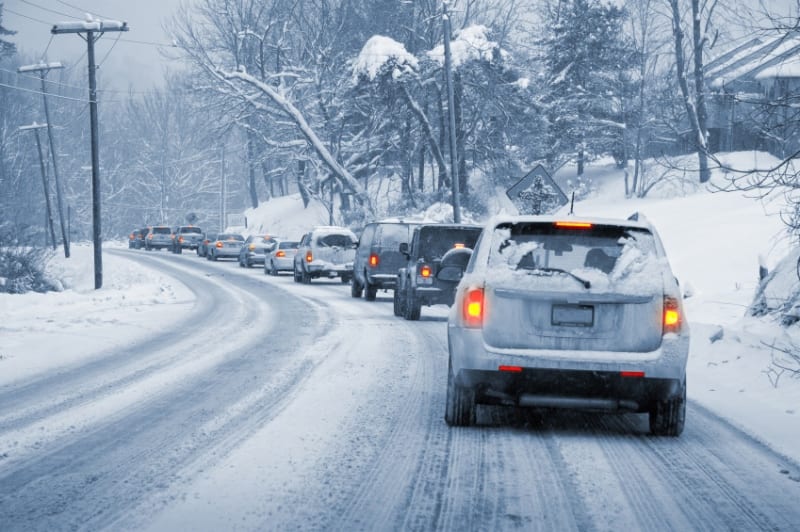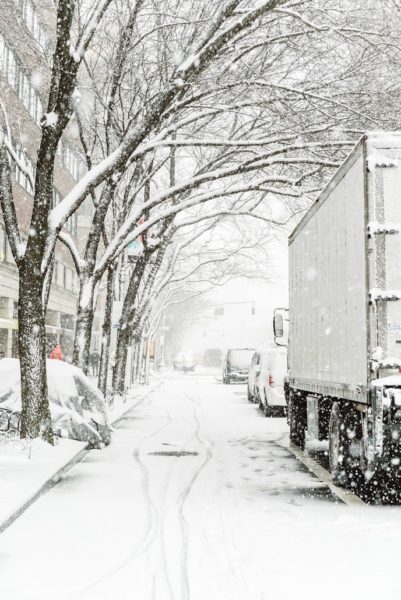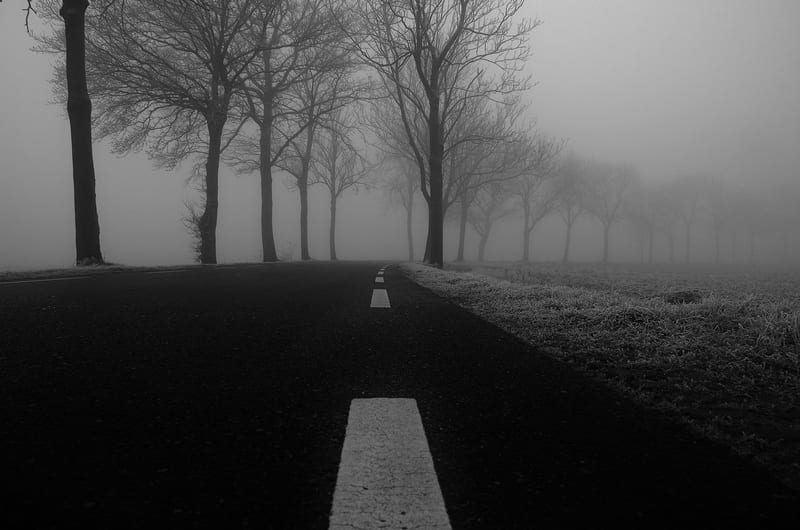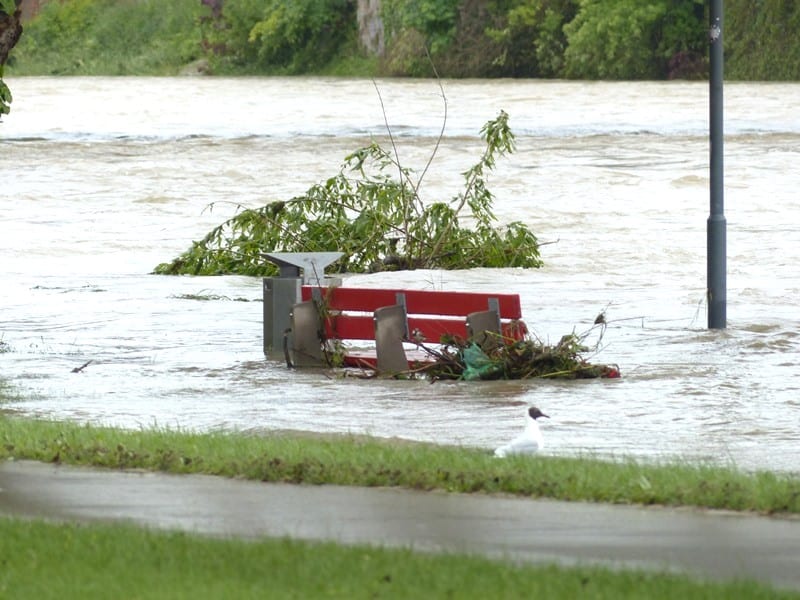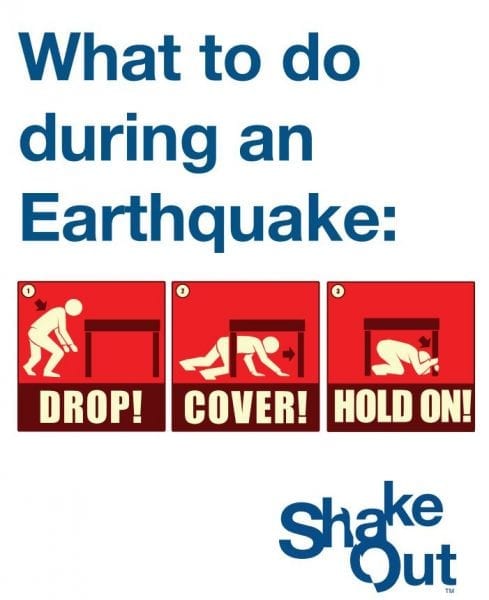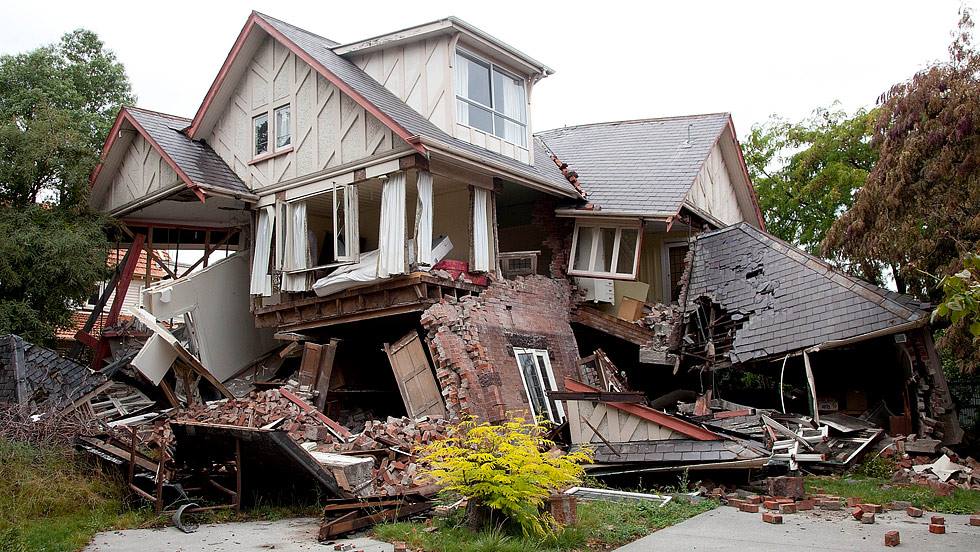Why Planning NOW for Extreme Winter Weather is Crucial
Do you need to prepare for extreme winter weather?
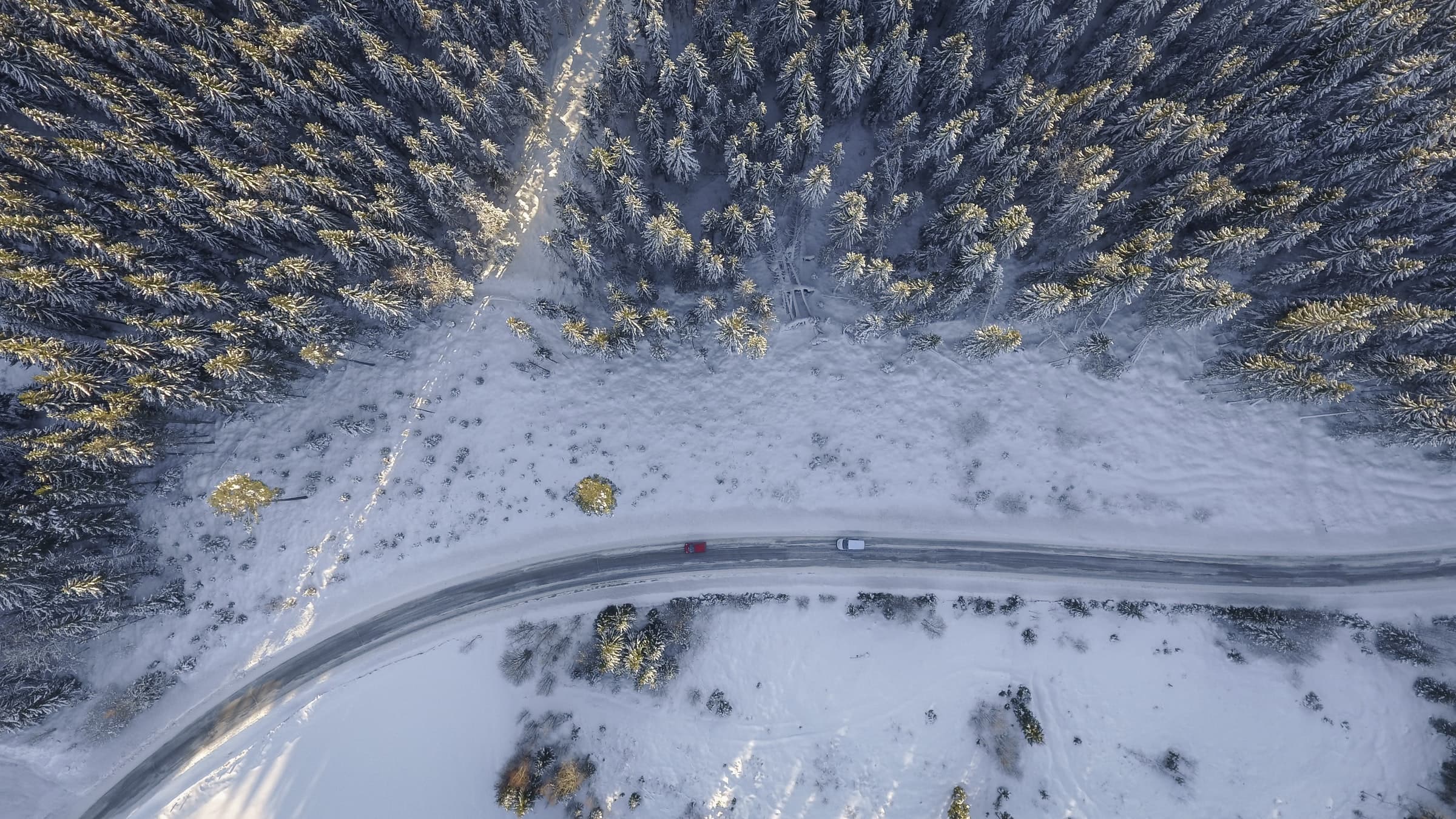
Photo by invisiblepower on Unsplash
For those of us living in tamer micro-climates like the ones found in Victoria, BC, the idea of extreme winter weather might seem ridiculous. But for many of our neighbours, just a little further north and a little further east, winter can be a battle.
If you live in regions with winters that are impossible to mistake for spring, then it’s necessary to take the cold season seriously. And even if you think you’re a safe distance, it’s best to be prepared.
Recently, hurricane Patricia ushered in the first major storm of this winter, in Toronto. While a mild winter is predicted in some parts of Canada, ice storms and “classic winter weather” are being predicted for Eastern Canada, including the Maritimes. It’s always a good idea to be up-to-date on the weather warnings and forecasts. And it’s best to be prepared for power outages and storms, no matter where you live.
Here are some steps you can take to prepare:
- First things first, store up water! If it’s cold enough, or if the building you are living in is old enough, your water pipes may burst or freeze over. Check out our water filtration and storage systems here!
Photo by Justin Snyder Photo on Unsplash
- And don’t forget about food! During storms and power outages, grocery stores sometimes get picked clean and are left with empty shelves. That or their power fails as well, and they are left inaccessible to the hungry community. So calculate how much food you and your household will need to survive for two weeks and stock accordingly.
- If you haven’t already, make friends in your town or city. If you lose power, you may need to live at a friend’s house for a while.
- If possible, purchase a back-up generator for your home. Or make sure that your apartment building has one.
- If you ever leave your house during the winter, bring an emergency kit with you. Or better yet, keep one in your vehicle!
- Of course, having the right tools is not enough. Knowing how to use them is essential too! In particular, it’s critical to know what to do if your vehicle gets stuck in the snow.
- When you’re planning, make sure you include your family members—both the ones you live with and the ones further away—so that everyone is on the same page.
- Remember your pets!
No matter what region you live in, you are susceptible to some form of winter storm. And being prepared is never a waste. Who knows when you might need the knowledge and supplies that you’ve stored up? So please, do some research, tune into the weather channels and be a part of collecting and sharing knowledge that will keep you and your community safe!
Article contributed by Sophie Wooding – Avid gardener and cyclist in Victoria, BC and Content Writer for Frontier.io

